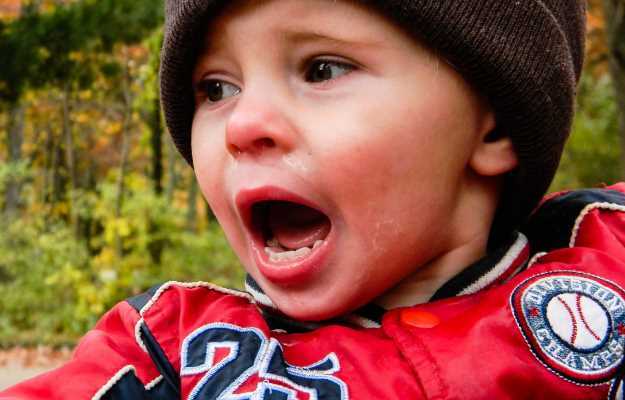What is toxocariasis?
Toxocariasis refers to a rare infection, which is caused by parasites called roundworms. These parasites are most commonly found in animals such as cats and dogs.
What are its main signs and symptoms?
The common symptoms of toxocariasis include:
In a few cases, the larvae of the parasite may infect the liver, lungs or the eyes and lead to severe symptoms such as:
- Seizures
- Vision problems
- Pain in the eye
- Breathing problems
- Skin rashes
- Fatigue
It is important to note that in most individuals, this infection produces no symptoms as the parasites die within a few months.
What are the main causes?
Toxocariasis is primarily caused by the parasitic roundworms which live in the digestive tract of animals like dogs and cats. The eggs of these parasites are passed into the soil through the faeces of these animals. The contaminated soil, upon entering the human body through food or water containing these eggs, will give rise to the infection.
This infection tends to be more common in children as they play with soil and pets. The infection cannot be spread by humans.
How is it diagnosed and treated?
The infection is mostly diagnosed by taking a look at the physical symptoms and then confirming the diagnosis with the help of blood tests.
Treatment is only needed in case the infection produces uncomfortable symptoms and does not resolve by itself.
The most common way of treating toxocariasis is by administering medications to kill the parasite larvae in the body. In addition to these medications, steroid medications may be given to reduce inflammation caused by severe infection. Albendazole is the commonest medication used to get rid of the parasite.
The basic way to prevent this infection is to keep hands clean and wash them with warm water and soap after handling pets or working in the soil. Children must be discouraged from putting their hands in their mouths frequently.
















